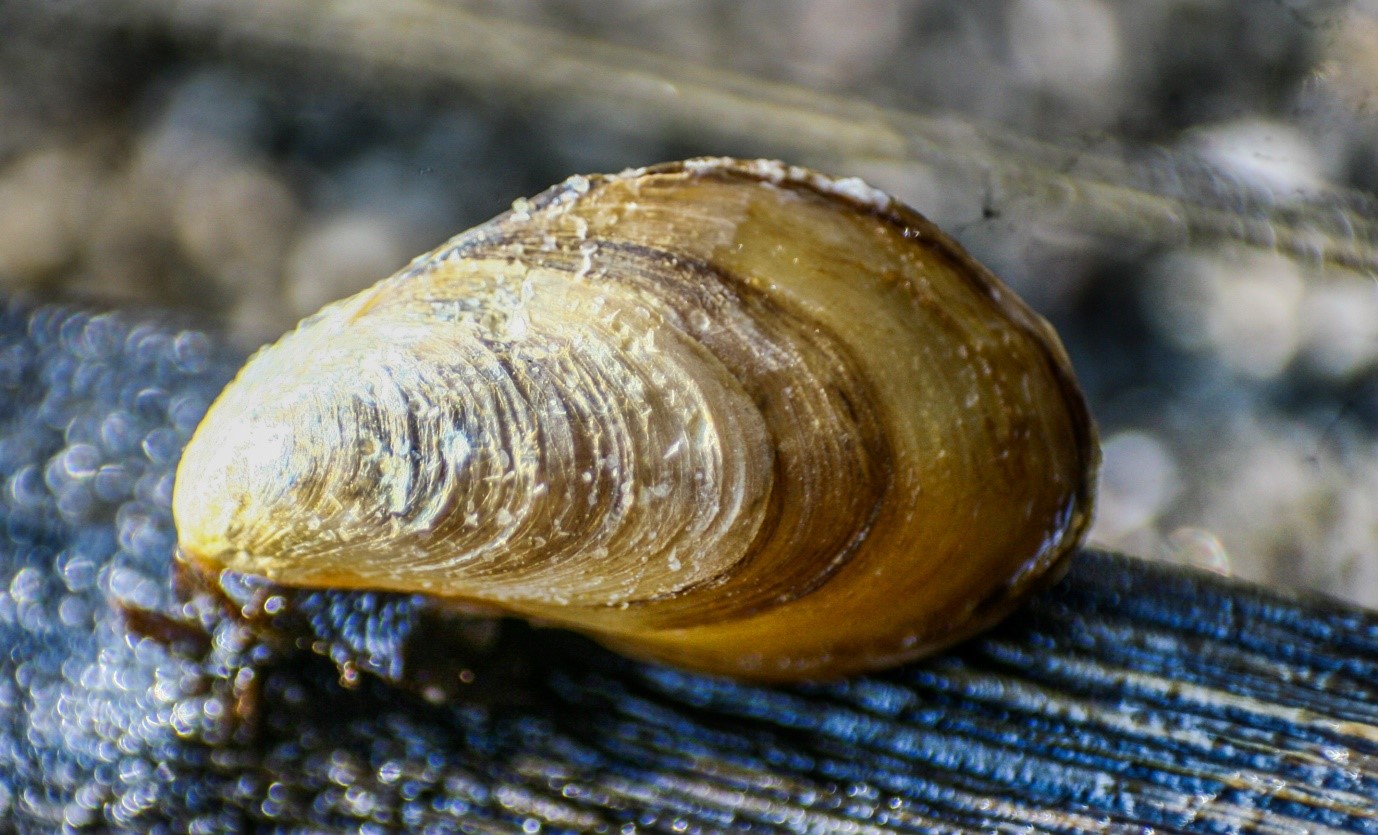
Popular Rice Variety Gets Extra Gene Power to Fight Bacterial Attacks
- News
- 2.2K
Researchers at the Hyderabad-based Indian Institute of Rice Research have developed a new variety of the popular Improved Samba Mahsuri (ISM) rice that can resist bacterial blight disease.
Bacterial blight disease, which affects rice crop, is caused by bacteria, Xanthomonas oryzae, and drastically reduces rice productivity.
The high yielding ISM variety is already protected against bacterial blight by three genes, but the new variety has been developed by adding another gene, Xa38, that increases the resistance. “Till now about 41 resistant genes have been identified from diverse sources. These genes differ from each other in their mode of action. While some are broad spectrum, others are narrow in their resistance spectrum,” explained Dr Gouri Sankar Laha, who led the study, while speaking to India Science Wire.
The researchers used Marker-assisted Backcross Breeding or MABB technique to accomplish the gene insertion. Unlike transgenic techniques used in genetically modified crops, MABB is less laborious but more efficient than traditional methods of ‘gene’ transfer. Besides, it does not require regulatory clearances necessary for transgenic crops.
ISM is popular and has been grown in over 80,000 hectares in the south and east India since its release in 2008. However, of late it was observed in experiments that when deliberately infected, ISM plants had longer lesions – infected spot – than the earlier ones, indicating the emergence of a new strain of Xanthomonas.
Xanthomonas is virulent, meaning its infection spreads fast and wide. It also evolves very quickly. Thus plants that seem to be resistant now might turn susceptible later as the pathogen evolves into different strains.
“It is, therefore, necessary that we keep developing new resistant varieties. Also, rice plant resistant to Xanthomonas in a particular area may not be resistant to the bacteria in another place,” explained Dr C A Deepak, a rice breeder at the University of Agricultural Sciences, Karnataka, who is not associated with the work. The breed improvement for bacterial blight disease is a continuous process.
The new breed has been field tested in farms across several states and has been exposed to various strains of Xanthomonas. “We have done three backcrossing and six generations of improvement. It has taken five years including the selection of parents and initial crossing,” said Dr Laha.
The effort has resulted in several improved lines of ISM with the novel, broad-spectrum blight-resistant gene Xa38 that show high levels of blight resistance to different types of Xanthomonas. These plants are better both in yield and in other traits than their ISM parent lines. After more field tests in different parts of the country, it will be ready for commercial release, Dr Laha added.
The research team included Arra Yugander, Raman M. Sundaram, Kuldeep Singh, Duraisamy Ladhalakshmi, Lella V. Subba Rao, Maganti Sheshu Madhav, Jyothi Badri and Madamsetty Srinivas Prasad. The research results have been published in the journal PLOS One. (India Science Wire)
By Kollegala Sharma
Journal Article
For the latest Science, Tech news and conversations, follow Research Stash on Twitter, Facebook, and subscribe to our YouTube channel


